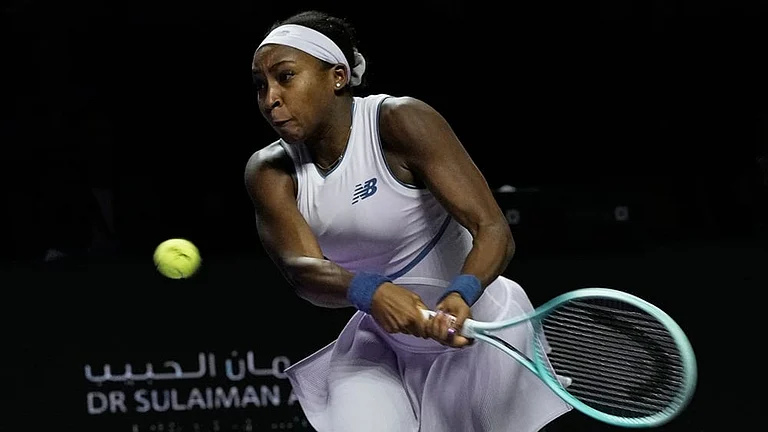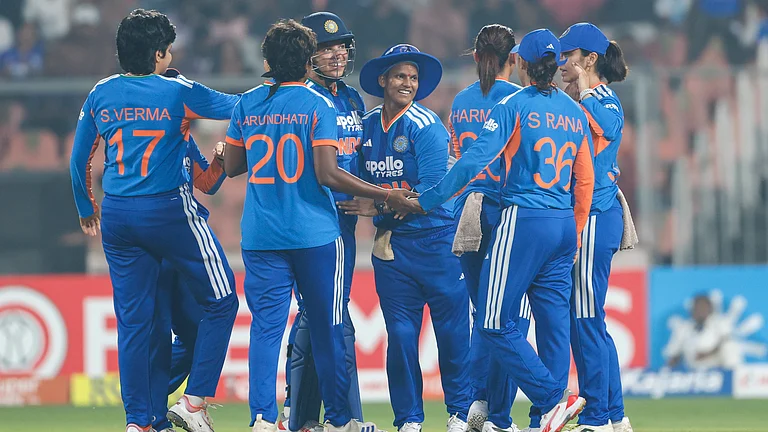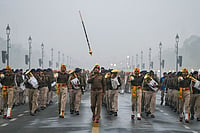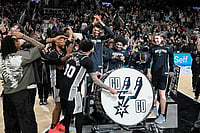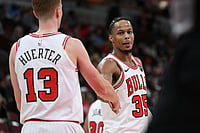Top Five Brewpubs
- Arbor Brewing Company, Bangalore
- Doollaly’s - The 1st Brewhouse, Pune
- Howzatt, Gurgaon
- The Barking Deer, Mumbai
- The Biere Club, Bangalore
***
Till recently, if you ever had one of those bittersweet, frothy, golden brews, chances are it was the brand which claimed in a singsong ditty to be the ‘king of good times’. Kingfisher still has a big swig of the marketshare, along with ol’ faithfuls like Haywards and RC Premium lager but Indians are finally wetting their beaks on some new brands—both Indian and international—and even some home-brewed ales and lagers. The market is growing and so is the demand. “The beer lover’s thirst for choice is finally being met, with something for every customer and every occasion. In the past 2-3 years, the industry has recorded double-digit growth,” says Shalabh Seth, chairman of the All India Brewers’ Association and MD of SABMiller.
The big change really has been the changing palate among the guzzlers. Of course, Kingfisher, with its low costs and established strong taste, is still the “go-to brand”, but there are many who have been weaned away. Widely available brands like Foster’s, Carlsberg, Miller and Tuborg are now staples in the cities, and even pricey brands (at Rs 350-600 for a pint) like Hoegaarden, Erdinger, Peroni and Stella Artois are now much sought after. Offerings from the mushrooming microbreweries have only added to the fizz in the beer market. Gaurav Sikka, founder of Arbor Brewing Company, Bangalore, says that “five years ago, we had a homogeneous beer market. Now, there is so much on offer that people get not only what they want but what they like too”.
What has come as a welcome boost to the industry is the decision of upscale supermarkets to add beer to their aisles. Stores like Le Marche, Nature’s Basket, Food Hall all stock up now, a heaven-sent for manufacturers to showcase new products. “Now, buying beer is as easy as going to a kirana store,” says Ankita Verma, PR professional, beer lover and a regular at Nature’s Basket. Samar Singh Sheikhawat, vice-president at United Breweries (makers of Kingfisher), says organised retail is the next big thing in the beer trade. Shashank Rai of Le Marche says the summer sales at his chain of stores are pretty high: a beer buyer takes away on average one carton of 12 pints.
Another big development is the rise of exclusive beer bars like The Pint Room and The Beer Cafe which now offer never-before variety. “Beer has undergone an image makeover. It’s almost non-alcoholic, so it comes guilt-free,” says Amardipta Biswas of The Pint Room. And naturally, given the hot, sultry climate in India, beer havens are nowadays a preferred option, the social drink to be had over conversations, meetings and more. Beer seems to hold particular appeal among today’s youngsters. “We have people from across ages and professions, but a large chunk is between 25-40,” says Jaspal Singh, manager at Prost Brew Pub, Bangalore. “The target audience for artisanal beer is the late 20s and early 30s: young professionals who like going out and experimenting,” says Javed Murad, managing partner at The White Owl, Mumbai.
Which is where microbreweries with their own house brews are frothing it up. Taste is one of the key criteria around which the business of microbreweries revolves. Moving from the strong and “not necessarily pleasant, though developed” taste of commercial lager, microbreweries experiment with different styles. “Microbreweries play with brewing techniques, flavours, bitterness, viscosity and other variables. We specialise in ale and not just lager,” says Murad. Hip dives like Barking Deer even come up with specials for particular seasons: lavender beer is a Valentine’s special and masala chai beer a monsoon favourite. The Ale of Heroes is another special on the menu, inspired by the medieval themed TV show Game of Thrones.

Cheers At the Pint Room pub, Delhi. (Photograph by Jitender Gupta)
“Freshly brewed beer has a taste and depth which cannot be experienced with bottled or canned beer. It has a larger and better flavour profile, and has more nutrient value,” says Satish Kohli, master brewer at the popular Howzatt Bar in Gurgaon.
Calling them Customer Version 2.0, Tresha Guha from Doolally, India’s first microbrewery in Pune, says consumers today want world-class products and services. And the idea of a “better beer”, just like fine wine or a single malt, does that. Murad says the price point of in-house beers too drives sales. Freshly brewed beer costs only 10-20 per cent more than the Indian beers and is 60-70 per cent lower than international brands. Indian beer brands like Bira 91 are also trying to ‘bottle’ the developing taste for light beer. “Our emphasis is on taste, not the alcohol content,” says Ankur Jain, CEO, Bira 91.
The popularity of microbreweries and specialised beer pubs can also perhaps be attributed to the ambience and drinking experience they provide. Pubs like Arbor have big spaces, within which cosier corners are created. Many places like Barking Deer also have separate floors to hold business meetings over beer. And having your beer come out of a tap instead of a bottle or can counts too. “The seating is comfortable even if you’re there for 4-5 hours, the music is mellow, one can have a conversation without having to yell,” says confirmed bar-crawler Sagar Khemani. With increasing interest in beer and brewing, brewery-pubs have also started organising tours and classes. But keep the tap closed on any brewing dreams of your own. “I tried at home but failed miserably and ended up back in the pub,” says beer fanatic Priyank Prakash, laughing.
Overall, beer industry growth trends are on a high. “From sales of about 1,500-2,000 litres per month of fresh brew in 2013, we have gone to about 4,000 litres per month in 2015,” says Saloni Sancheti, marketing coordinator, The Barking Deer Brewpub. “Growth figures could have been even better but for the prevailing tax structure,” says AIBA’s Seth. Industry insiders though say the compounded annual growth rate for the past five years has been a relatively low six per cent. According to Biswas, the tax payable is 50-85 per cent per bottle, depending on its make, which is a major dampener. Sheikhawat believes the price mechanism that governs beer in India is what makes it a premium product.
The industry, however, is positive. Guha says that with Delhi lining up after Karnataka, Haryana, Maharashtra, Andhra Pradesh and Punjab to procure a licence for opening microbreweries, and hopes of a change is excise policies, the industry is set to expand, with more folk “coming over from the dark side” to enjoy some great beer. “Beer is an entry drink for every young adult and if you can lock them in with a good product, you have drinkers for life,” says Murad. Beer enthusiasts also say it’s better than getting hooked on to hard liquor which has led to so many health and social issues in our country. So it’s cheers to beer then.








